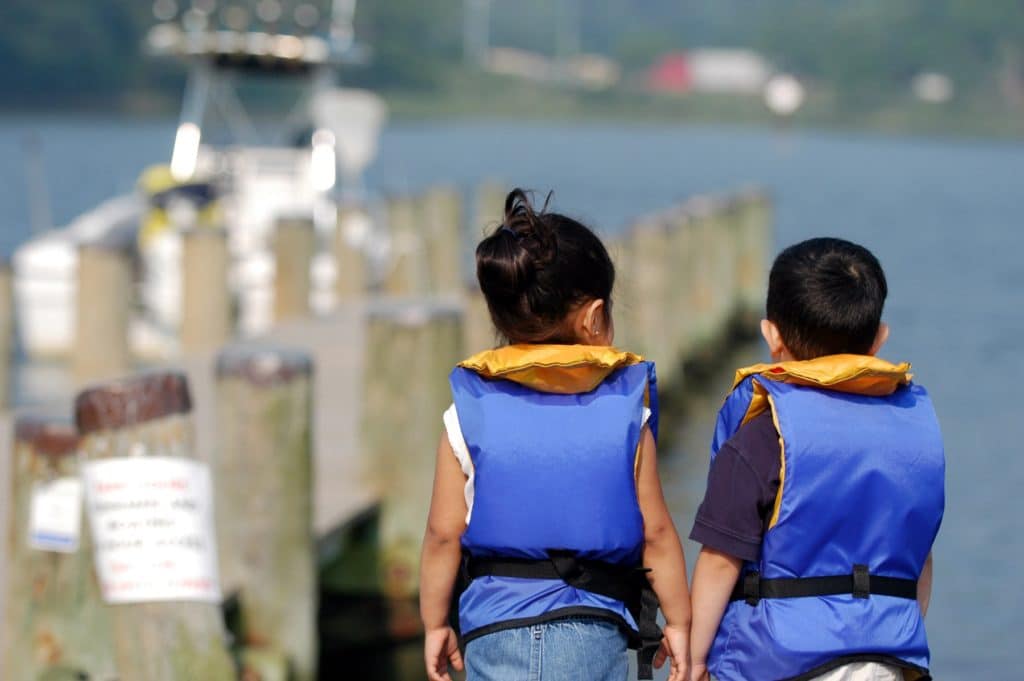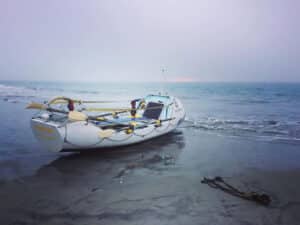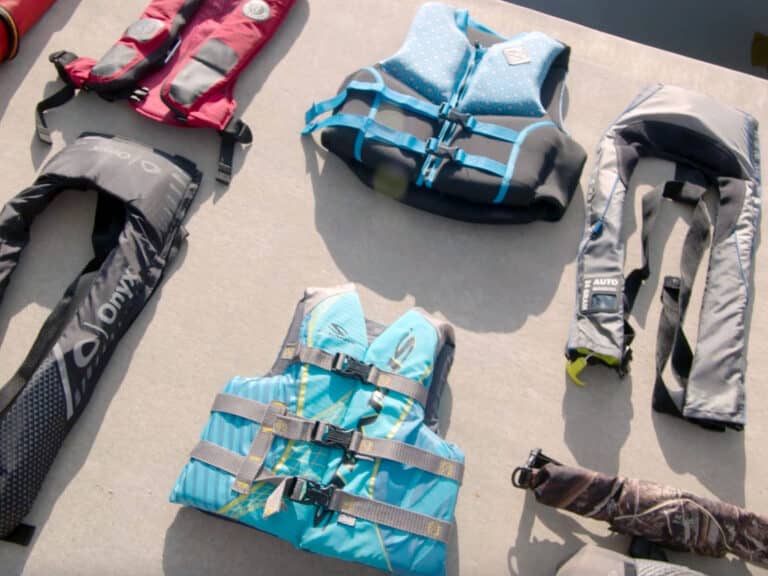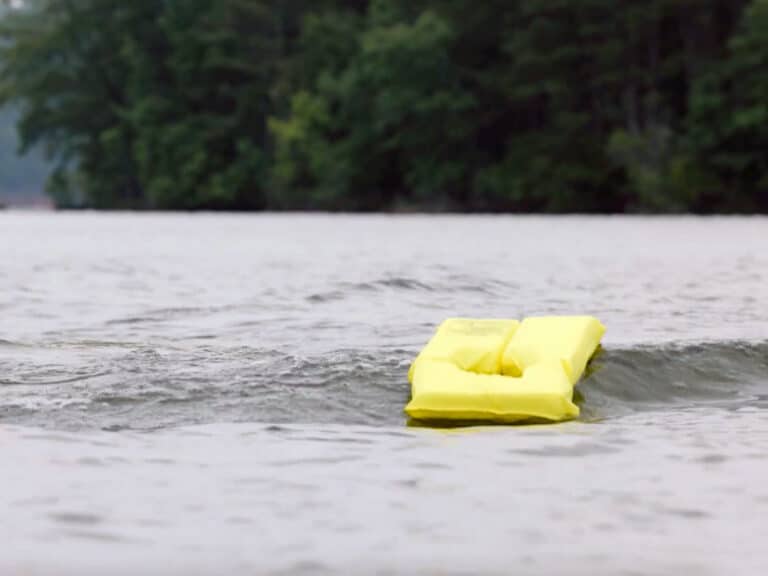
Randy Vance knows boats, boating and boaters of all ages. Vance was raised on Lake of the Ozarks, where his family operated a resort and marina; he grew up on and around boats. And after having served as an editor of Boating, he is now its editor-at-large.
All new boaters face challenges, Vance knows. But young new boaters face special ones — and so do those who teach them. To make learning to boat as much safe fun as possible for youngsters and their adult mentors, he offers these tips:
SET AN EXAMPLE: In the lingo of the day, model safe boating. You won’t persuade kids to wear a life jacket, for example, if you don’t. Make a habit of putting it on and clicking the buckle, just like a car safety belt, and if necessary, gently remind kids to do the same. They’ll follow your leadership and example. “And really,” Vance says, “life jackets aren’t so bad to wear anymore.” He remembers “those cheapie orange horse-collar-style vests” that fit poorly, rode up high around the neck and, while they might keep you from drowning, “made you feel like you were being strangled.”
Today, life jackets are form-fitted and allow free movement — and in a nod to your young crew, kid sizes often feature cool designs or cartoon characters, all for maybe $15 at a discount store. “The best, and cheapest, peace of mind you’ll ever get,” Vance says.
ENLIST OLDER KIDS AS ALLIES: It’s a challenge to keep kids — all the parts of each kid, that is — in the boat. It’s more fun to dangle an arm over the side and wrestle with the wake. “And while that might be safe enough in the harbor,” Vance says, “it’s risky business in the marina.” Before you know it, an arm can be cracked on a piling. Or worse, a younger passenger trying to keep up with the others leans too far and tumbles overboard.
Vance said a solid way to avoid the problem is to recruit the older kids: “Little Ben thinks he can do everything you can do, so if you don’t keep your arm in the boat, neither will he.” Kids generally rise to the responsibility level to which they’re entrusted.
ESTABLISH COMMON-SENSE SAFETY PROCEDURES: Don’t have an irrational fear of the propeller, but do respect it. Even at rest, a prop can severely cut a foot or leg. So keep everybody away from it. Boats designed for skiing, boarding and swimming often have a swim platform over the sterndrive and prop — a margin of safety, sure, but folks still have to beware of kicking the prop while treading water. “I bumped mine on dry land in the garage one day and it took 17 stitches to close the wound,” Vance says. So the rules? When people are in the water, no key in the ignition. “I keep my keys in a cup holder near the transom, which forces me to check for prop clearance when we head out to sea… and nobody rides on the gunwales or transom when the boat is underway.” he says.
For more support teaching your kids boating safety rules and encouraging them to follow those precepts, Vance suggests checking out these sources:
- BoatSafe Kids (www.boatsafe.com/kids): features activities and games including “Life Jacket Tic Tac Toe,” plus boating trivia questions such as how many knots are in a mile or how did the boat’s bathroom become known as the ‘head’?
- Discover Boating (www.discoverboating.com): weaves kids’ games through advice on life-jacket use, navigation and other safety topics geared toward kids.
- Safe Boater Kids (dnr.alaska.gov/parks/boating/pdf/safeboatkids_bk.pdf): In this cool, short, Alaska-based graphic story are embedded lessons about boating safety procedures and life-jacket wear. Accompanying it is “Kids Don’t Float,” a boating safety lesson disguised as a coloring and activity book.
- Boating Safety “Sidekicks” (www.safeboatingcouncil.org/boating-safety-sidekicks): colorful and dynamic games that teach young boaters about safety in watercraft, from kayaks to PWCs to powerboats.
- Boat-ed.com (www.boat-ed.com): Sooner or later (we surely hope!), your young boater will want to take the helm. In most states, they can start as teens, once they pass a boater education course; many states accept the course offered at this site. There’s a fee for formal certification, but the study material and testing is available free. “I took and learned from it!” reports Vance.
The U.S. Coast Guard is asking all boat owners and operators to help reduce fatalities, injuries, property damage and associated healthcare costs related to recreational boating accidents by taking personal responsibility for their own safety and the safety of their passengers. Essential steps include: wearing a life jacket at all times and requiring passengers to do the same; never boating under the influence (BUI); successfully completing a boating safety course; and getting a Vessel Safety Check (VSC) annually from local U.S. Coast Guard Auxiliary, United States Power Squadrons(r) or your state boating agency’s Vessel Examiners. The U.S. Coast Guard reminds all boaters to “Boat Responsibly!” For more tips on boating safety, visit www.uscgboating.org.








